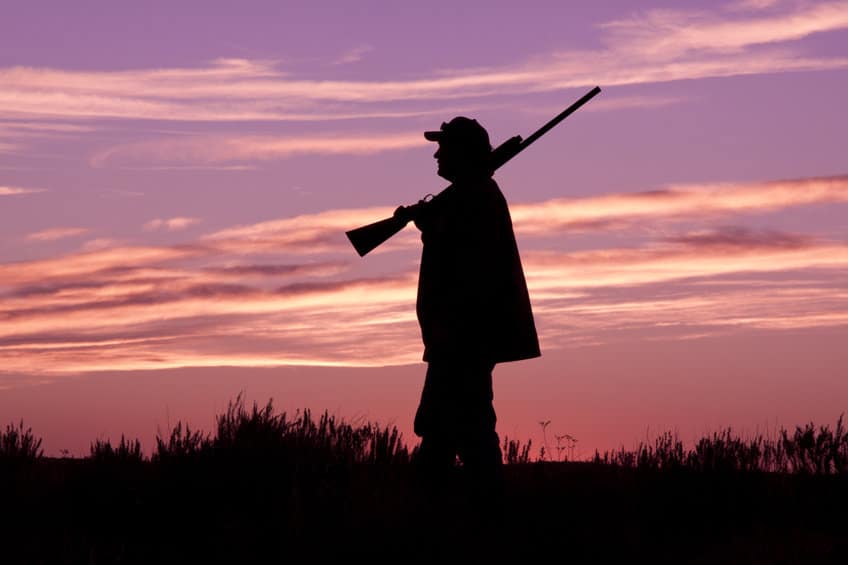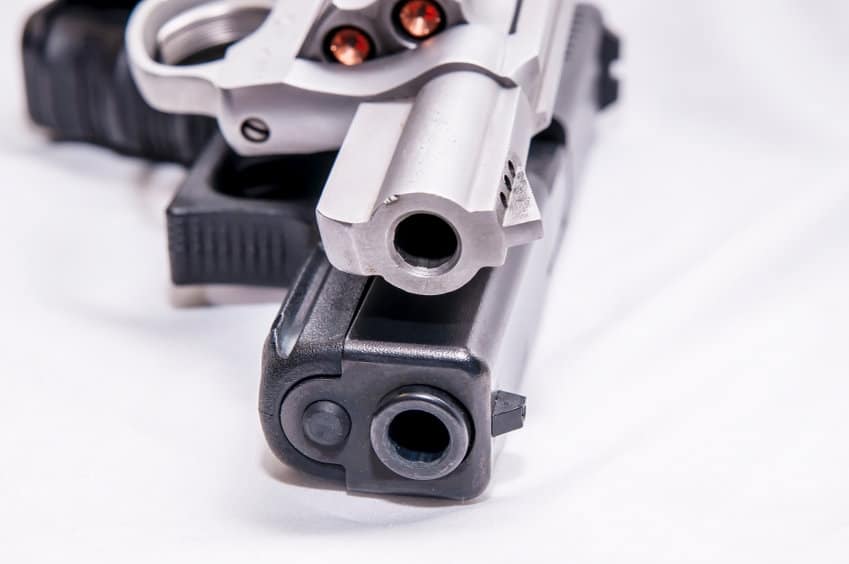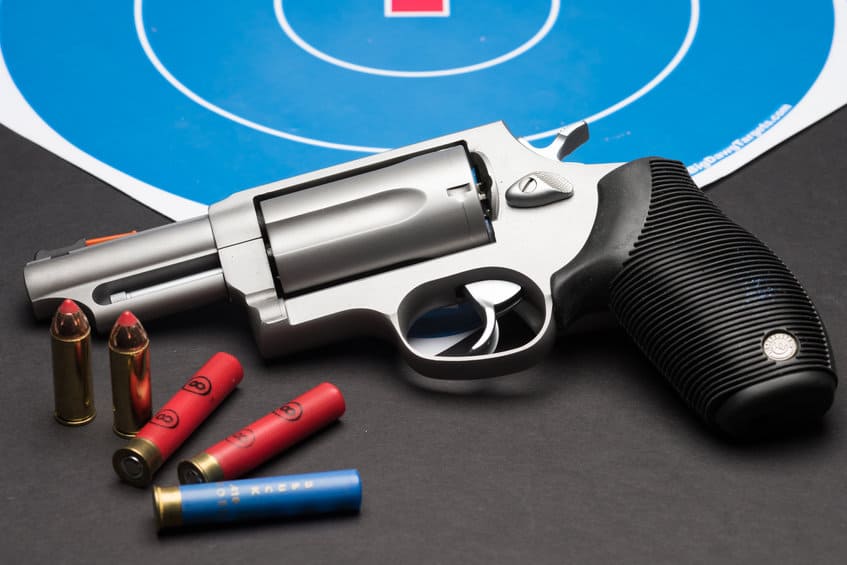I was maybe 11 years old, out helping my grandpa in the barn. He was using his pocketknife to open a package and opened his finger in the process. Grandpa took out his wallet, pulled a Band-Aid from inside it, put the Band-Aid on, and went back to work. The lesson imparted: always have first-aid supplies handy.
Accidents happen. They are a fact of life. But an accident away from medical help has the potential for catastrophe. That is why having a medical kit as part of your EDC kit is a wise idea, especially if you carry a firearm. But what is the best EDC medical kit? To an extent, that depends on the situation and your level of comfort and training for treating yourself or others.
That said, let us have a look at some kits ranging from the basic cuts-and-scrapes set to something an off-duty professional might have.
Table of Contents
Best Basic Kits
Otherwise known as the “boo-boo” kit, the basic setup has band-aids, antiseptic wipes, and other small odds and ends.
Three solid choices are the Thrive First-Aid Kit, the Platoon First-Aid Kit from Coleman’s, and the Everlit Survival First-Aid Kit.
The Thrive kit is a basic clamshell-type case with pouches on either side to hold supplies. It comes with an assortment of band-aids and wipes, plus a tweezer. This would be a great kit for taking the kids to the park or other low-risk activities.
The larger Everlit comes in a pouch similar to a military IFAK. It comes with a prodigious number of band-aids and wipes plus a decent flashlight, gauze pads, and some gimmick items like a paracord bracelet.
Coleman’s Platoon First-Aid Kit is a little different than the previous two. In addition to the band-aids, it includes gauze pads, tape, cold compress, elastic bandages, and pain meds. This kit will handle most household or camping trip incidents easily.
As an aside, if your kid is prone to cuts and scrapes while out exploring, then consider getting them the Backyard Adventure Bear First Aid Kit. It comes in a little bear-shaped pouch with a carabiner and contains band-aids, antiseptic wipes, and hand sanitizer.
Trauma Kits
Trauma kits are equipped to handle major hemorrhaging of blood or other life-threatening situations like a sucking chest wound. These kits will help you get the medical end of the situation under control.
The Army issues these kits to soldiers as the IFAK (individual first-aid kit), and most of the recommendations given here also carry that label.
Best All-Around Kit
The Touroam IFAK Trauma EDC Tactical. This pouch combines the basic kit with a CAT tourniquet, pressure bandages, and a SAM splint. Thie Trauma EDC is a great kit for the hunting pack or the car and can cover most injuries short of a gunshot wound.
A close second is the FalconTac Everyday Carry Trauma Kit. Same ingredients as the Touram EDC but with fewer basic items like band-aids.
For the Minimalist
If you travel light, then the EDC Pocket Trauma Kit by LT Creed or the Ankle EDC Medical Kit by the Warrior Poet Society may be for you. The LT Creed kit is an elastic tourniquet, a QuickClot dressing, some antiseptic wipes, and a few bandages, all housed in a wallet-sized pouch.
The Warrior Poet Society Ankle Kit is designed to be worn around your ankle like a holster and holds a trauma dressing, nasopharyngeal airway, shears, and a CAT tourniquet. There are two empty pockets on the kit for additional supplies should you feel the need.
All The Trauma
These are the premium kits with all the bells and whistles for patching up a human. Recommendations here are the MediTac Premium IFAK Kit and the BearFAK 3.0 from Refuge Medical.
The MediTac kit includes chest seals, a tourniquet, Israeli bandage (compression bandage), SAM splint, and a Trauma Pack by Adventure Medical ( a nice little setup by itself) that has QuickClot gauze, sterile dressings, and tape. A pretty solid trauma kit.
Refuge Medical went all-out on the BearFAK. It is a very complete kit that includes the same ingredients as the above kit, plus a nasal pharyngeal airway, eyecup and gauze, abdominal pad, and a survival blanket to help control shock. Refuge Medical also offers in-person medical response classes to help you become proficient with your gear.
Honorable Mention
The Large Tactical Kit from Coleman’s. This is a field hospital in a bag. The Large Tactical includes not only the basic first aid gear, but includes a blood pressure cuff, stethoscope, scalpel, and smelling salts. The addition of a minimal trauma kit would make this as complete an outfit as you could want.
Final Thoughts
If none of the kits discussed here meet your needs, then build your own. There are several good resources out on the web that can assist you in putting together your supplies. Your kit needs may vary by region as well. For example, in the southwest, a venom extractor may be a sound addition that someone in an area without snakes may not need.
If you already carry a basic kit in your hunting pack, I recommend adding some QuickClot Powder or gauze to it. QuikClot has an ingredient that promotes blood clotting and can plug up a cut quickly. If you slice yourself deep while butchering an elk or other animal the blood loss can mean the difference between life and death, or at least being able to get the animal off the mountain before seeing a doctor and having the QuickClot removed. Yes, in most cases the QuickClot needs to be removed by a doctor, but it is better than either bleeding out or trying to quarter an animal with a giant bloody bandage on one appendage.
As with any piece of gear, first aid supplies are useless unless you know how to use them. I highly recommend taking a good first aid or trauma course. At the very least, read a manual and watch some YouTube videos while practicing along with the person on the video. An ounce of prevention is worth a pound of cure. Stay safe out there.




